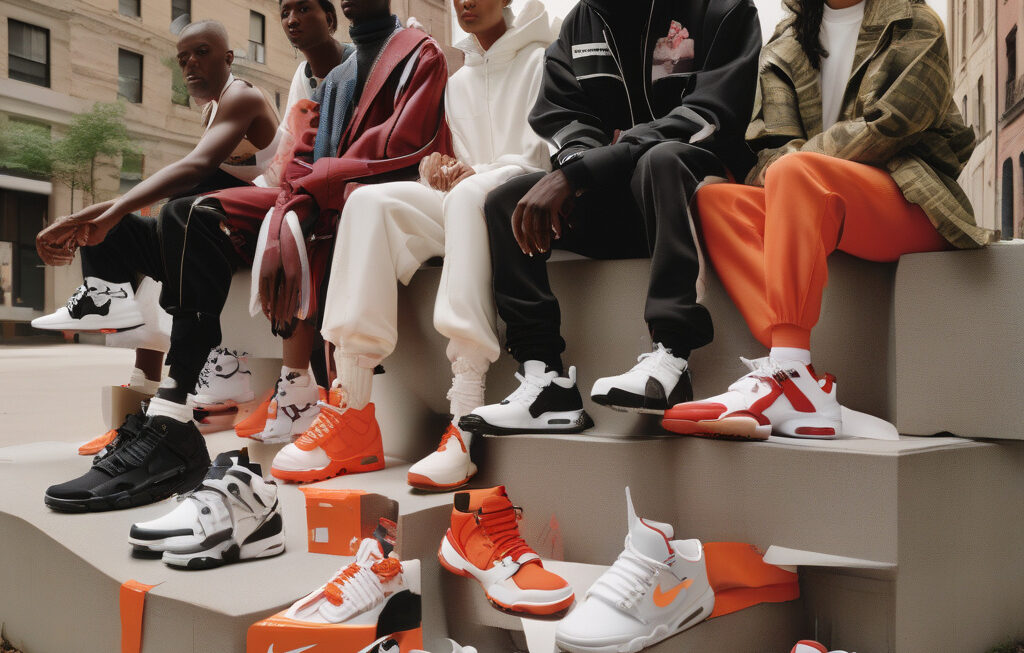Has Fashion’s Convergence With Sports Gone Too Far?
In recent years, the intersection of fashion and sports has become increasingly blurred, with sports-inspired designs permeating runways, street style, and everyday wear. The trend has been fueled by a deluge of product releases and collaborations between fashion brands and sports teams or athletes. While this fusion has brought about some innovative and stylish creations, it has also raised the question: has fashion’s convergence with sports gone too far?
The market is now saturated with sports-inspired apparel and footwear, from luxury brands to fast fashion retailers. Logos of renowned sports teams and athletic brands are prominently displayed on t-shirts, hoodies, sneakers, and even high-end designer pieces. While this trend has undeniably resonated with consumers who seek a blend of comfort, functionality, and style, some argue that it has become cliché and lacks originality.
Moreover, the sheer volume of collaborations between fashion houses and sports entities has started to spur a backlash. Critics point out that many of these partnerships seem forced and are driven more by commercial interests than genuine creativity. The result is often a flood of products that feel uninspired, relying solely on the popularity of a sports team or athlete to drive sales.
Despite these criticisms, insiders in the fashion industry argue that there is still room for meaningful and authentic collaborations between fashion and sports. They emphasize the importance of partnerships that go beyond simple logo swaps or licensing deals. Instead, they advocate for collaborations that tell a compelling story, push the boundaries of design, and offer something truly unique to consumers.
One example of a successful and innovative collaboration is the partnership between fashion brand Off-White and Nike. The collaboration, led by designer Virgil Abloh, reimagined classic Nike sneakers with a high-fashion twist, incorporating deconstructed elements and bold design choices. The result was a collection that appealed to both sneakerheads and fashion enthusiasts, showcasing the potential for creativity and originality in sports-inspired fashion.
Similarly, designer Stella McCartney’s collaboration with Adidas has been praised for its focus on sustainability and performance-driven design. McCartney’s collections blend her signature aesthetic with Adidas’ technical expertise, resulting in activewear that is both stylish and functional. This partnership demonstrates that fashion and sports can come together to create innovative and purposeful products that resonate with consumers.
Ultimately, while the market may be oversaturated with sports-inspired fashion, there is still an opportunity for brands to collaborate in a way that is fresh, inventive, and authentic. By focusing on storytelling, creativity, and pushing the boundaries of design, fashion and sports can continue to converge in a way that captivates consumers and drives the industry forward.
In conclusion, the convergence of fashion and sports has undeniably made its mark on the industry, but whether it has gone too far is up for debate. While there is a saturation of sports-inspired products in the market, there is also potential for collaborations that break the mold and offer something truly unique. By prioritizing creativity and authenticity, fashion brands and sports entities can continue to push boundaries and captivate consumers with fresh and innovative designs.
fashion, sports, collaborations, creativity, authenticity












